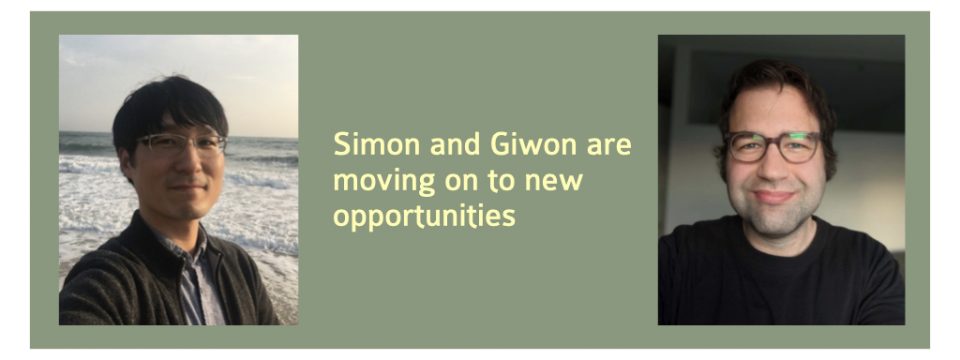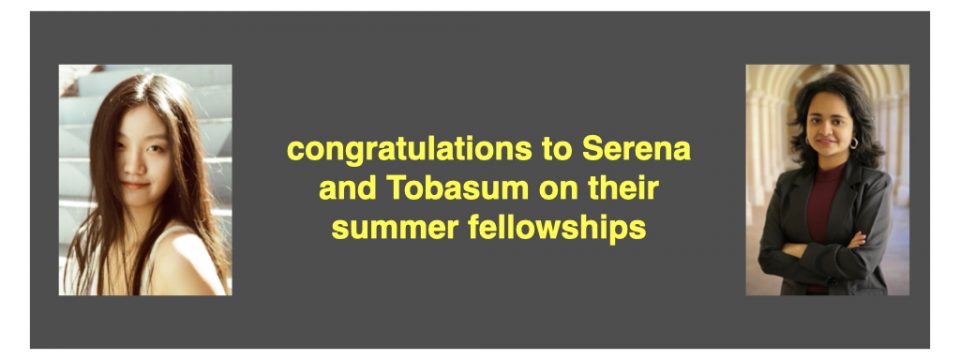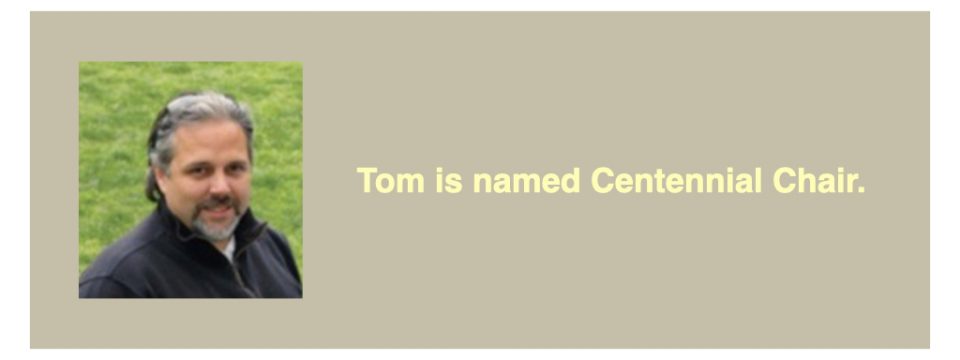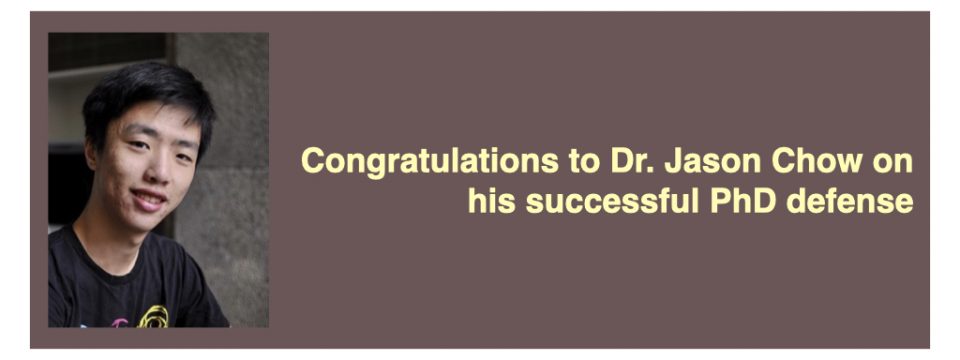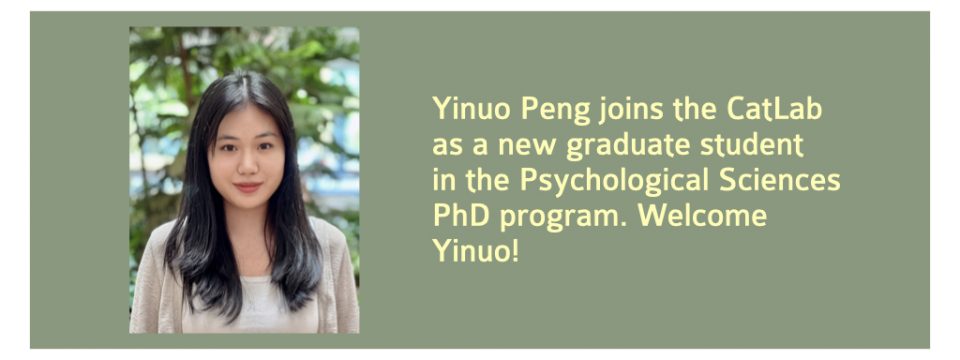Amir joins the lab
Amirsaman Sajad joined the collaboration with Gordon Logan and Jeffrey Schall as a Research Assistant Professor in December 2022. Amir did his PhD in Toronto and did postdoctoral work in primate neurophysiology at Vanderbilt. His recent work has focused on dissecting the neural circuitry serving performance monitoring and adaptive behavior, and on linking this to non-invasive electrophysiological biomarkers. He joined the collaboration to extend his computational expertise and integrate decision-making modeling with models of performance monitoring and cognitive control. His scientific mission is to discover the building blocks of cognition and their biomarkers and translate this knowledge to real-world applications.
Read More